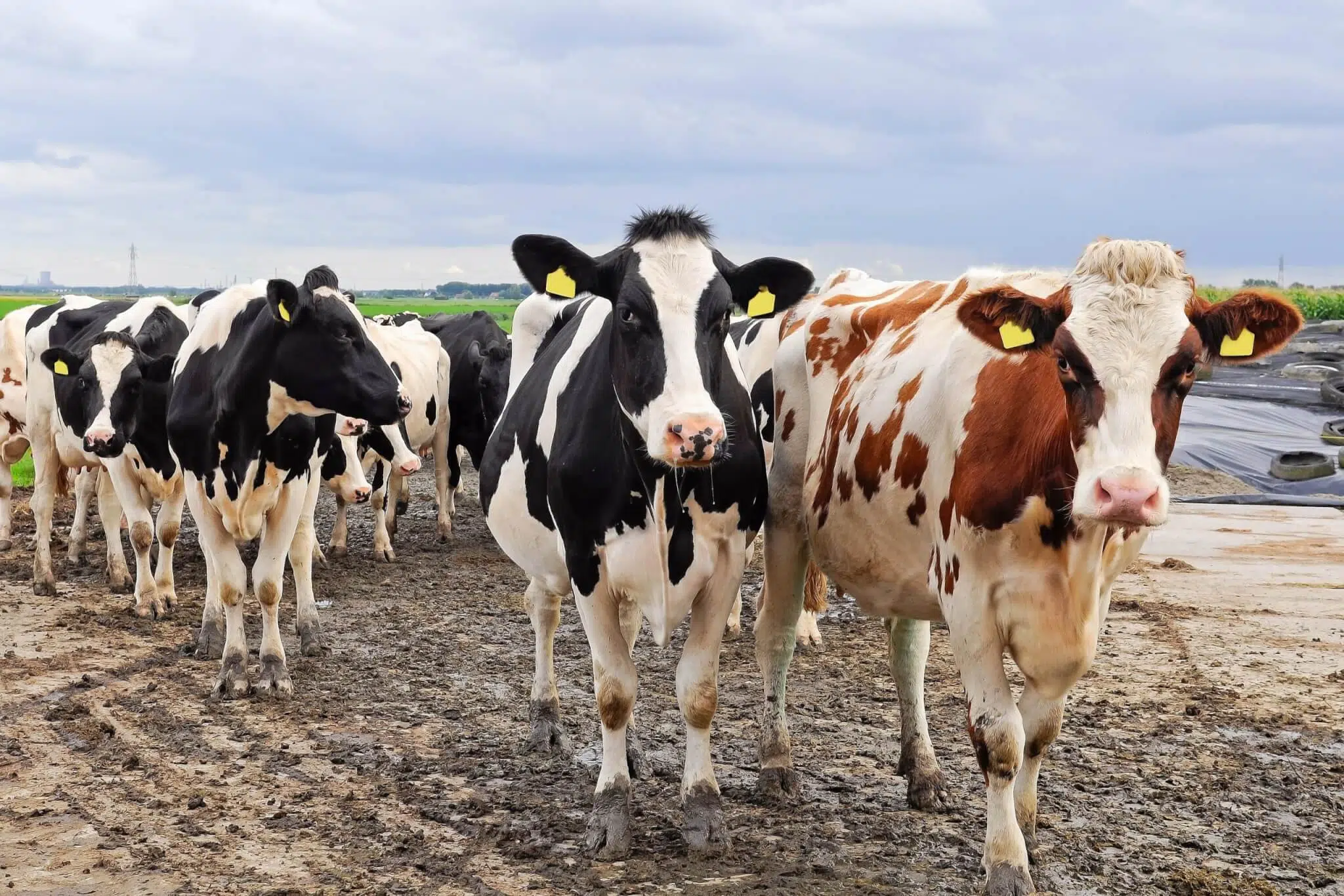Seasonal lameness not only puts a dent in the bank when it comes to hoof trims and treatments, it may lead to weaker reproductive performance and ultimately reduces the production levels of your herd. Wet conditions soften hooves, resulting in increased lameness susceptibility. Increased standing time due to the heat stress induced by summer, poor fly control, and uneven lighting in the barn is detrimental to dairy cow hoof health. The stress on the pedal bone from increased standing time leads to sole ulcers and other hoof complications. Hot summer days induce evening feeding. However, large evening intakes in these cooler conditions break the cycle of small multiple meals throughout the day which impacts ruminal pH and finally blood supply to the hooves. Zinpro’s First Step Dairy Lameness Assessment and Prevention Program can help you to identify problem areas in your barn and maximise cow comfort. Ensure feed is freely available, especially on summer evenings, and maintain your herd hoof trimming schedule to uphold even-weight distribution across claws. It’s never too early to take a look at your farm conditions and make these premature improvements that will aid in reducing seasonal lameness next autumn.
Check out the full article by Neil Andrew, “Summer decisions led to fall dairy cattle hoof problems“, as published by our partners on www.zinpro.com. for more information! Neil Andrew is an account manager for Zinpro Corporation, providing performance trace mineral, animal nutrition, and sales support for customers in New York and New England, USA, since 2015. He earned degrees in business administration, ecology, and environmental resource management from Paul Smith’s College and Southern Vermont College.
Intern: Ruminant










